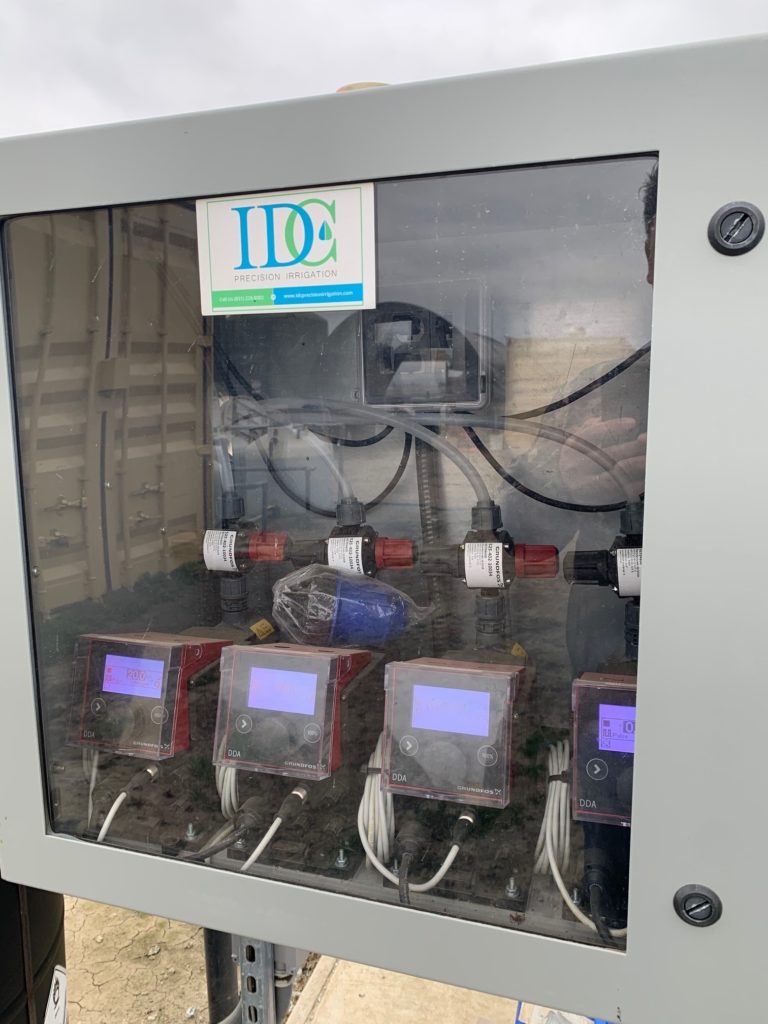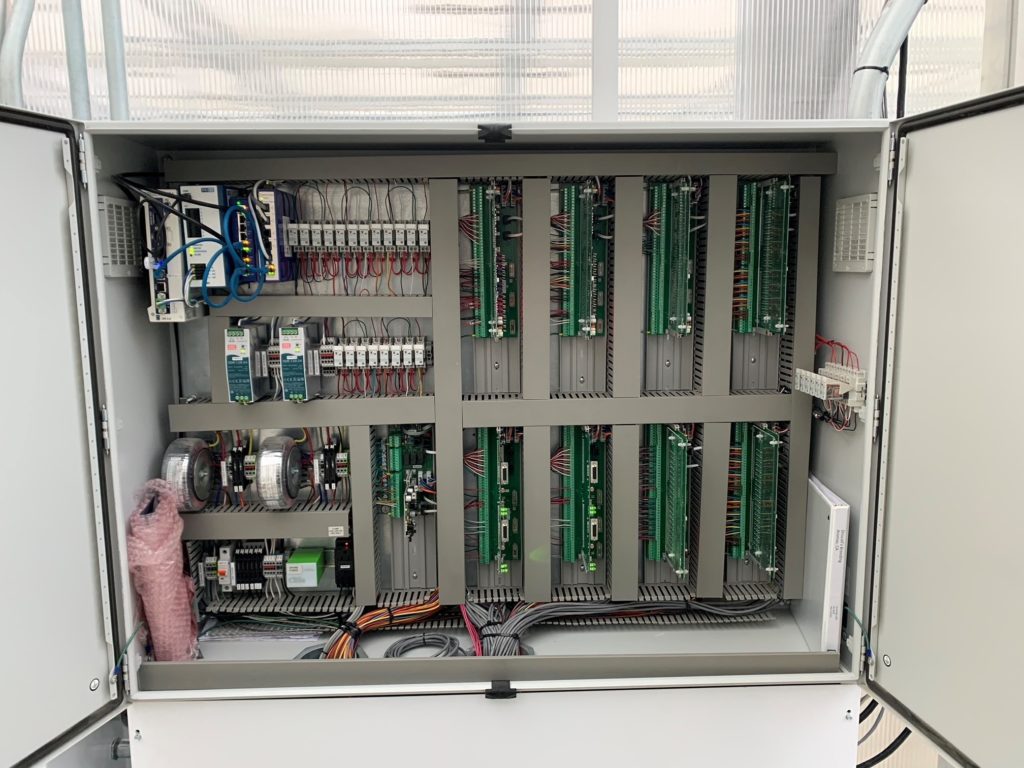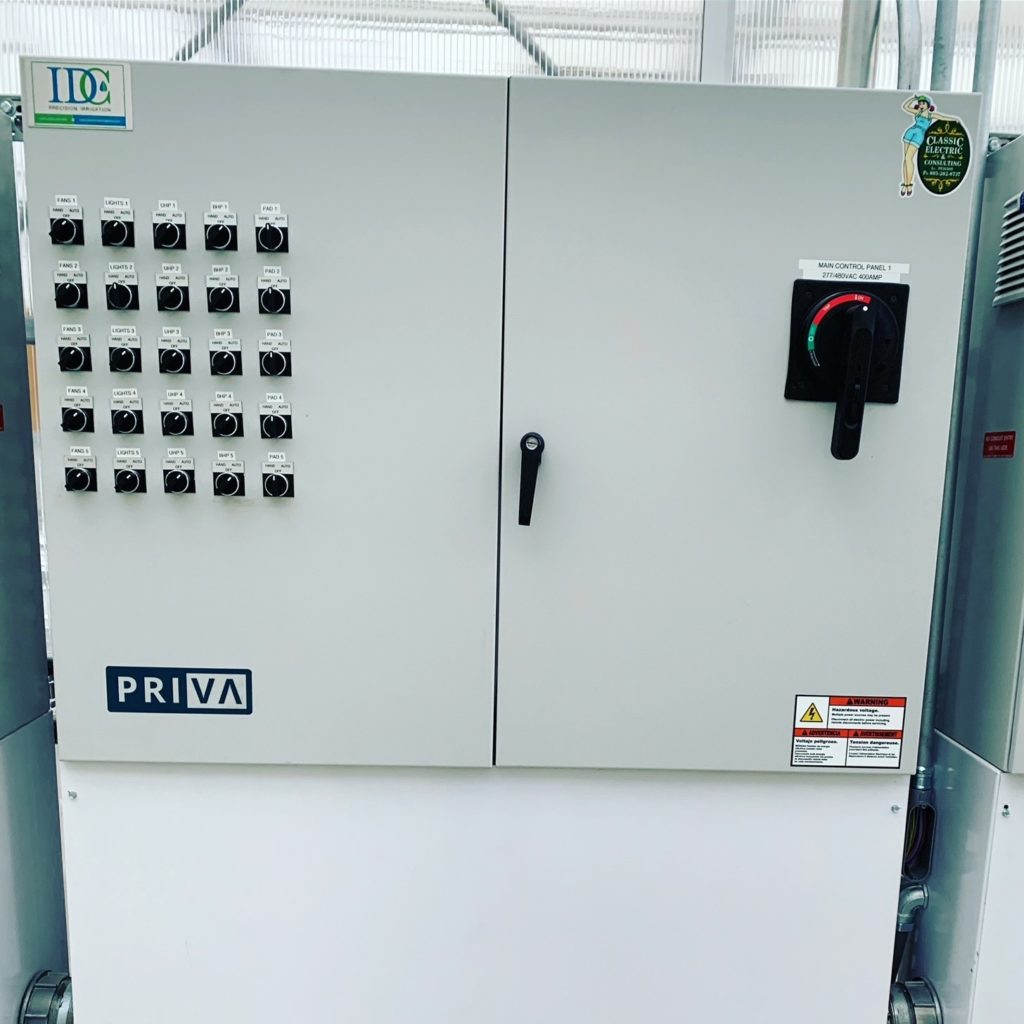Jesse Estrada
Jesse is a USAF veteran and graduated with an A.S. degree in Irrigation Technology from Modesto Jr. College where he also received certificates of achievement in Irrigation technology, Irrigation Design, Irrigation Management, and Irrigation Construction and Installation. Jesse is recognized by the Irrigation Association as a Certified Agricultural Irrigation Specialist (CAIS) and has worked with the Dept. of Agriculture and the National Resource Conservation Service as an Irrigation Specialist. Jesse was hired by IDC as an Irrigation Designer in 2018 and worked as a designer with our engineering staff for over a year before joining the Precision team as an Automation Technician. Jesse is passionate about the conservation of our precious resources and believes that automation is not only the wave of the future but is an extremely valuable tool for effective and ethical farming.































One Response
It’s interesting to know about irrigation systems and how to keep their electrical components in good shape. My wife and I decided to move to her family’s countryside house and start a farming business there, so we’re eager to understand irrigation systems better, and your article will help us with that. We’re grateful for your advice on how preventive maintenance it’s a must for irrigation systems since they’re very close to water.